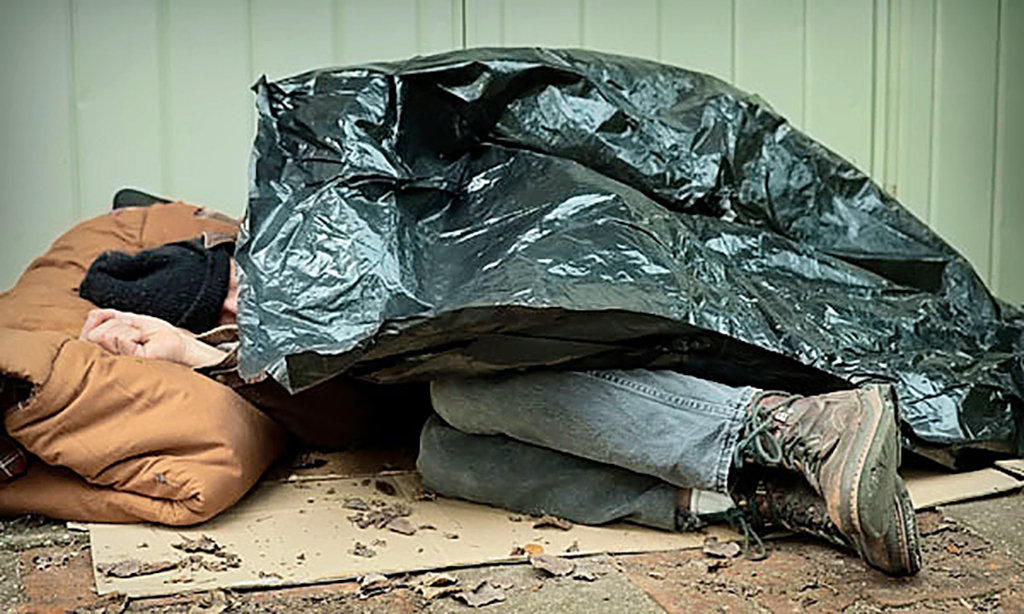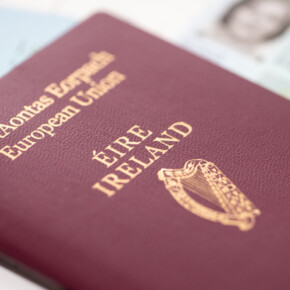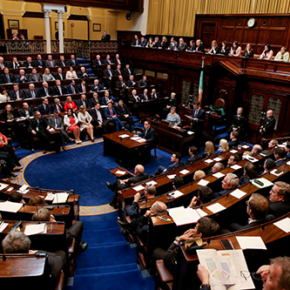RCB Library publishes 13th Century manuscript online
Padraig Conlon 16 Jul 2025
One of the oldest manuscripts in the safe-keeping of the Representative Church Body Library – the Crede Mihi – being a late 13th Century register for the Diocese of Dublin, has now been digitised and is available to view online for the first time.
The register is the third significant manuscript to be digitised and made available on the Library’s Medieval Manuscripts webpage, where viewers can literally turn the pages of the digitized surrogate as an e-book without handling the original or needing to travel to the RCB Library in Dublin.
Previous postings in the RCB Library’s Archive of the Month series include the 14th Century Red Book of Ossory, the original of which is currently on display in St Canice’s Cathedral, Kilkenny, as well as the Liber Niger Alani, another Dublin diocesan register associated with Archbishop John Alen and 300 years younger than the Crede Mihi.
For the Medieval Manuscripts page on the Church of Ireland website, please see this link: www.churchofireland.org/about/rcb-library/medieval-manuscripts
The Crede Mihi manuscript contains the oldest extant collection of documents connected with the see of Dublin ranging in date from the early 1170s to the latter part of the 13th century.
There are roughly 150 of them which collectively Sir John Gilbert, who edited a published edition of the original in 1897, described as “the most ancient register book of the archbishops of Dublin before the Reformation”.
Since the Diocese of Glendalough was united with that of Dublin in 1216, it also includes material relating to that diocese.
The digital release of the manuscript is accompanied with expert analysis by a specialist of 12th-century Ireland, Marie Therese Flanagan, Professor Emerita of the School of History, Anthropology, Philosophy and Politics, at Queen’s University Belfast.
She comments that “physically, Crede Mihi consists of 37 parchment leaves in a soft leather binding” and observes how a number of scribes were at work on the text: “The original scribe wrote the first two gatherings and most of the third … A different hand wrote folios 104r-105r while 105v is blank.”
Professor Flanagan adds: “The first hand recurs at the beginning of the fourth gathering, that is, folios 106r to the upper half of 108r which contains a group of undated and unattributed synodal statutes promulgated for the Diocese of Dublin; another hand wrote 108r-108v when the first hand took over again.”
Annotations in the hand of Archbishop Alen are also evident throughout the volume. Alen, as the first Archbishop of Dublin during the Reformation of King Henry VIII, was as Professor Flanagan observes an “assiduous investigator of the rights and privileges of his see” and anxious to keep an accurate account of it during his own episcopacy some 300 years later.
The notes he made show how he used the Crede Mihi as a working document while Alen’s own register, the Liber Niger Alani mentioned above, includes significant references to the Crede Mihi.
The Liber Niger Alani is viewable online here: https://issuu.com/churchofireland/docs/alen
The volume commences with 22 papal privileges issued to the archbishops of Dublin and bishops of Glendalough between 1179 and 1264 by successive seven popes.
Charters granted by Henry II and John, both as Lord of Ireland (1185-89) and as King of England (1199-1216), and Henry III follow, and there are several other contents including episcopal charters issued by Archbishop Laurence O’Toole (died 14th November 1180) by Malchus, Bishop of Glendalough (died 1186).
Speaking from the RCB Library, Dr Susan Hood, RCB Librarian and Archivist, said: “These and many other colourful contents of the Crede Mihi, which literally translates ‘believe me’ (John 4:21), are now possible to view in the digital version of the original as published by the RCB Library.
“The Library is most grateful to Professor Flanagan for her generous and scholarly input.”
Additionally, as a partner repository to the Virtual Record Treasury of Ireland, a direct link between the RCB Library’s medieval sources and the rich digital repository of some 350,000 records (which are replacements for items lost in the destruction of the Public Record Office of Ireland in 1922) is provided through its portal on this link: https://virtualtreasury.ie/browse/Representative_Church_Body_Library_Dublin











